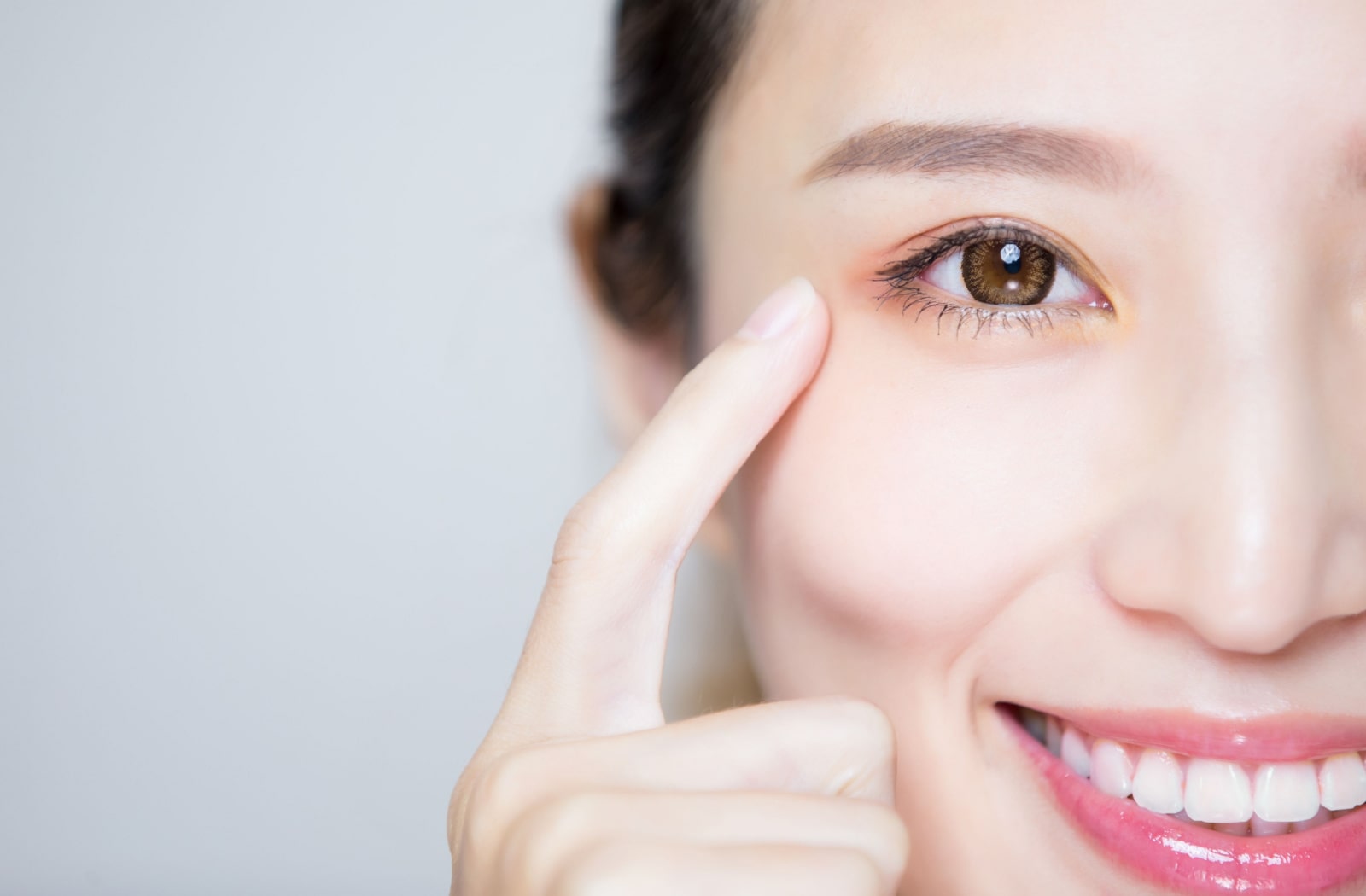
About the Author
Written by Optometrist Megan Lafferty, contact us to book an appointment with Megan.
April is Women’s Eye Health and Safety Month. A time to shed light on a crucial yet often overlooked aspect of women’s well-being. While vision issues are not only unique to women and eye health care might not always be at the forefront of health discussions, the significance of visual impairment cannot be overstated and awareness around this topic is important. This April, let’s delve into women’s eye health and explore ways to safeguard vision throughout the year.
Women do face distinctive challenges concerning eye health. Research suggests that hormonal fluctuations during various stages of life, such as puberty, pregnancy and menopause can have significant impact on vision.1 The specific hormones involved are oestrogen, progesterone and androgens which affect several areas and key functions of the eye. In fact, there are several eye conditions that have been found to disproportionately affect women more than men. These include:
- Dry Eye Disease (DED): A common eye condition which results in varying levels of discomfort on the ocular surface. It is 2-4 times more prevalent in women than men, especially during hormonal changes and as women age. Dry eye can lead to further ocular complications such as conjunctivitis and corneal ulceration if untreated.
(To find out more about Ortho-K please click here) - Cataracts: A condition which results in clouding of the eyes’ naturally clear lens causing progressively blurred vision. Cataract often requires eye surgery if the vision becomes very poor. Women of a certain age are more likely to develop cataracts than males of equivalent age. This is thought to be associated with the decline in levels of oestrogen after menopause.
Click here to find out more about cataracts - Glaucoma: A group of progressive eye conditions affecting the eye’s nerve which causes permanent loss of vision. Glaucoma is usually caused by increased levels of pressure inside the eye which requires treatment by an eye doctor to control. It is estimated there are a greater number of women with glaucoma than men and that women are more likely to develop severe cases which have a greater risk of leading to severe visual impairment or blindness.
Click here to find out more about glaucoma - Age-Related Macular Degeneration (AMD): An eye condition that affects us as we age. Due to women having a higher life expectancy than men this has been linked to a higher incidence of AMD in elderly women. However, other risk factors such as smoking have a much stronger correlation than gender and being female is not determined as an official risk factor.
Click here to find out more about macular degeneration - Autoimmune disorders which affect the eye: Conditions such as Rheumatoid Arthritis, Lupus, Thyroid Disease and Multiple Sclerosis can cause significant damage to different parts of the body including the eye, potentially resulting in permanent vision impairment. Women are more likely to develop these autoimmune conditions than men.
Tips To Protect Your Vision
Fortunately, there are some steps we can take to maintain good eye health and prevent vision loss. Here are some tips everyone can follow:
- Regular Eye Exams: Prioritising your eye health by scheduling regular comprehensive eye exams with your eye care professional can help detect eye conditions early so that treatment can begin as soon as possible to minimise damage.
- Healthy Lifestyle: Regular exercise and maintaining a balanced diet rich in fruits, vegetables, and omega-3 fatty acids can help preserve not only eye health but overall health & well being.
- UV Protection: Wear sunglasses to block ultraviolet (UV) radiation from the eyes, which can increase risk of some eye conditions.
- Avoid smoking: This is one of the main risk factors for some eye conditions, particularly for cataracts and AMD, so smoking should be avoided at all costs not only for your eye health but your general health.
As we commemorate Women’s Eye Health and Safety Month this April, let’s commit to prioritising our vision and taking proactive steps to maintain eye health. By staying informed, seeking regular eye care, and embracing healthy habits, we can safeguard our vision for years to come. Remember, your eyesight is precious, don’t take it for granted.
References:
- R. Nuzzi and P. Caselgrandi. Sex Hormones and Their Effects on Ocular Disorders and Pathophysiology: Current Aspects and Our Experience. Int J Mol Sci (2022) doi:10.3390/ijms23063269.
(https://www.ncbi.nlm.nih.gov/pmc/articles/PMC8949880/) - S. Gupta and R. Douglas. The Pathophysiology of Thyroid Eye Disease (TED): Implications for Immunotherapy. Curr Opin Ophthalmol (2011). doi:10.1097/ICU.0b013e3283499446
- Barber, M.R.W., Drenkard, C. Falasinnu, T. et al. Global epidemiology of systemic lupus erythematosus. Nat Rev Rheumatol (2021). doi:10.1038/s41584-021-00668-1
- N. R. Korpole, P. Kurada, M.R. Korpole. Gender Difference in Ocular Diseases, Risk Factors and Management with Specific Reference to Role of Sex Steroid Hormones. J Midlife Health (2022). doi:10.4103/jmh.jmh_28_22
- I. O. Aninye, K. Digre, M. E. Hartnett, K. Baldonado, E. M. Shriver, L. M. Periman, J. Grutzmacher, J. A. Clayton. The roles of sex and gender in women’s eye health disparities in the United States. Biol Sex Differ (2021) doi:10.1186/s13293-021-00401-3
- H. A Quigley and A. T. Broman. The number of people with glaucoma worldwide in 2010 and 2020. Br J Ophthalmol (2006) doi:10.1136/bjo.2005.081224
- R. Lazarus. Consequences of Untreated Dry Eyes. Optometrists Network (2021).





